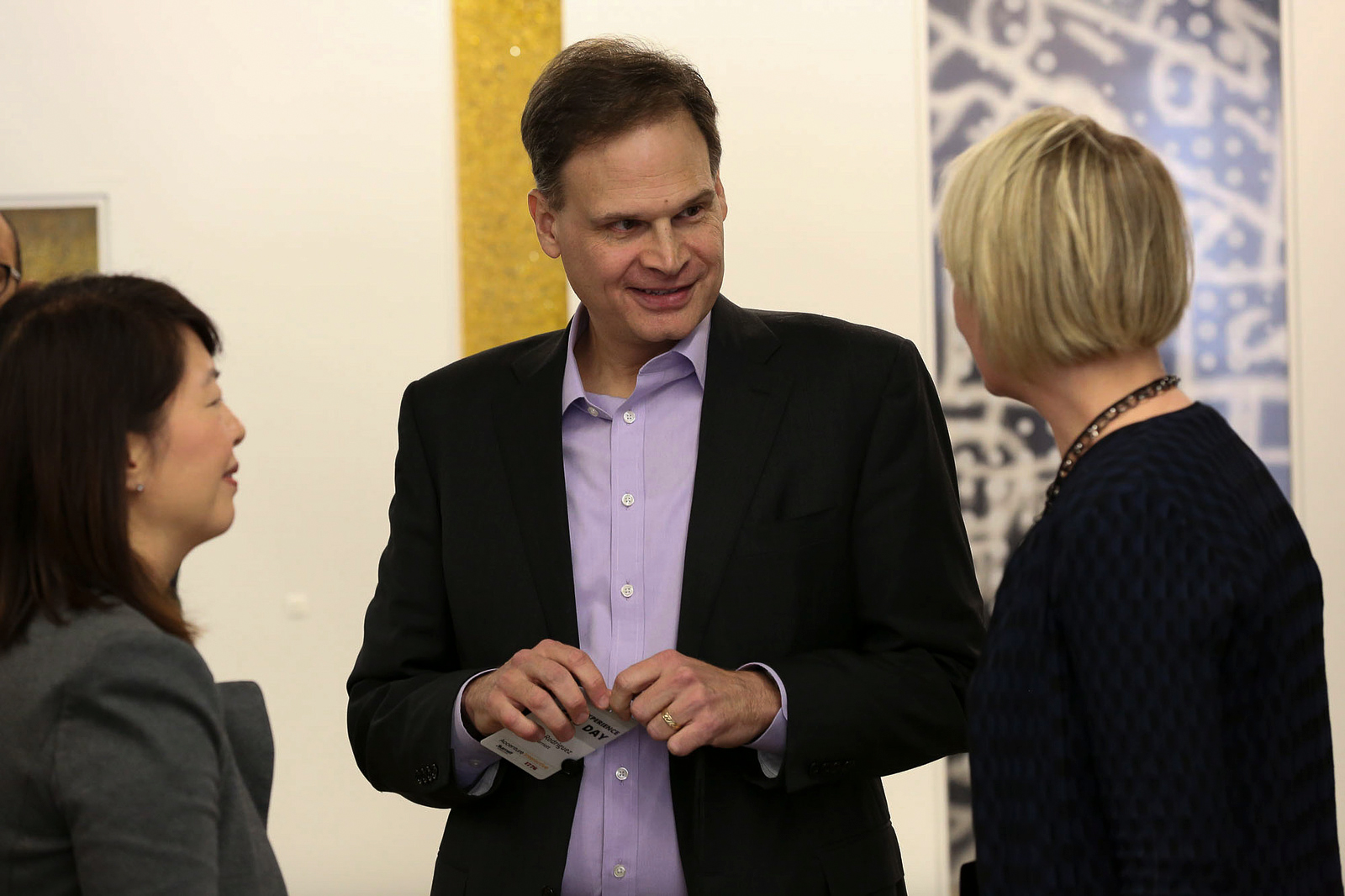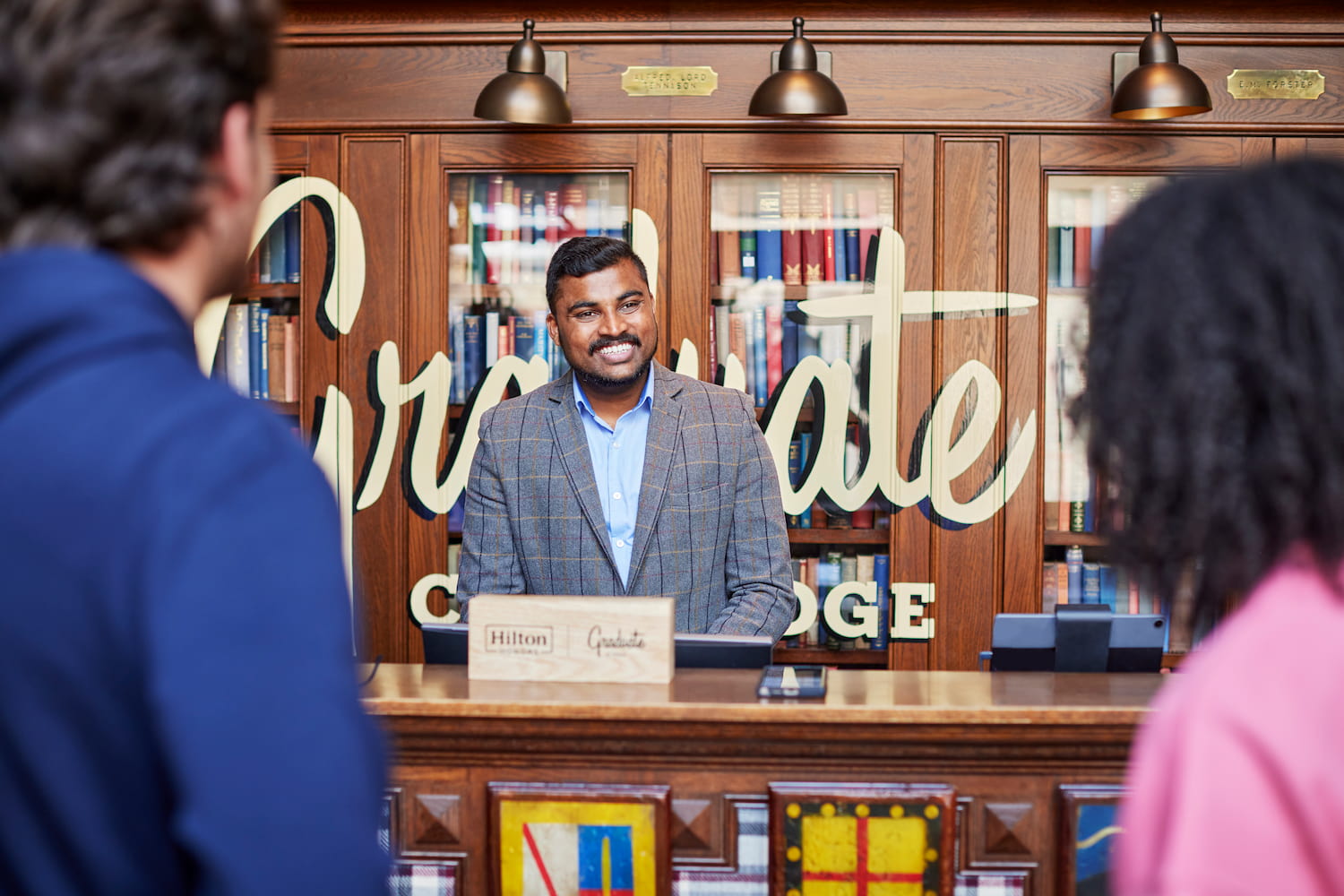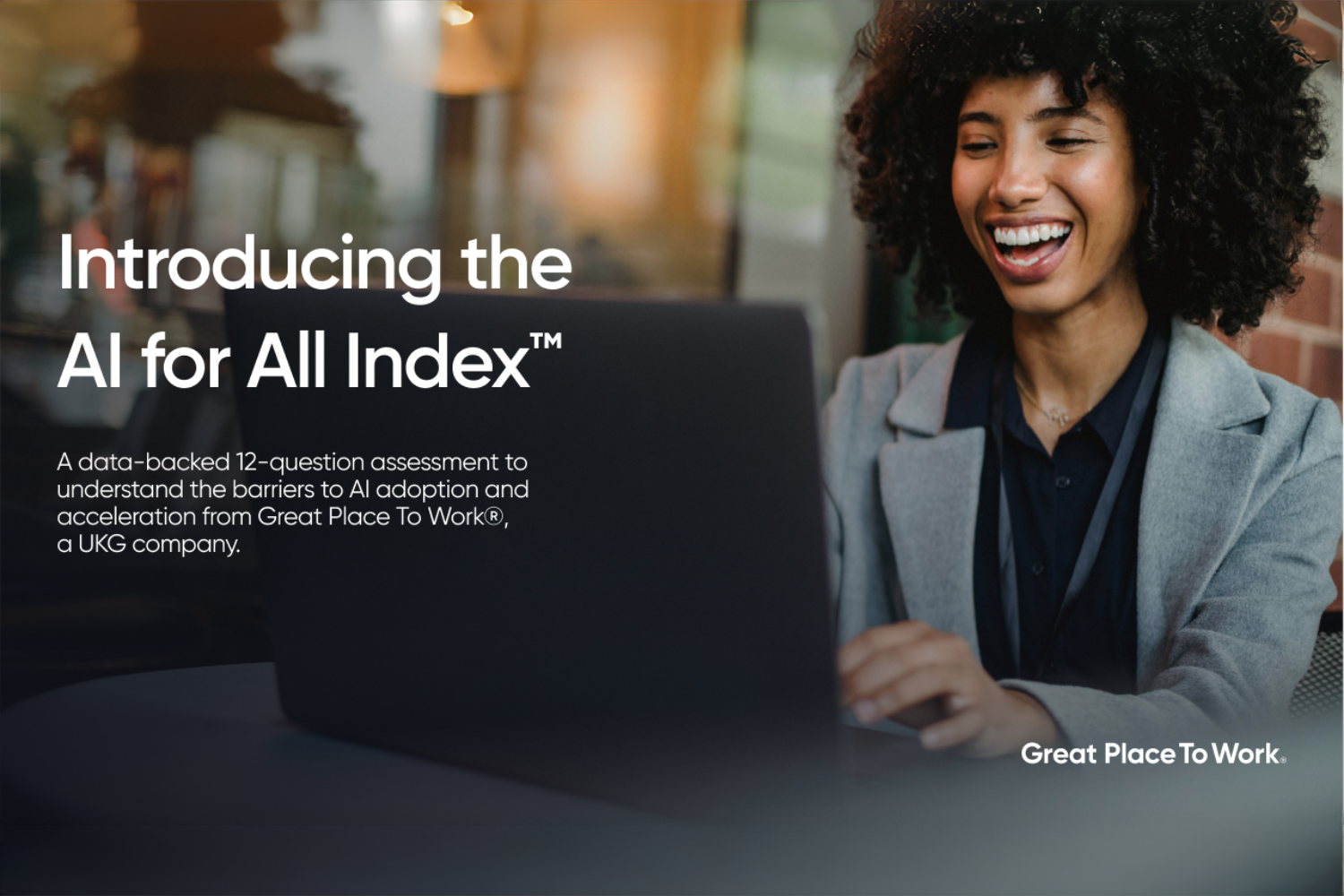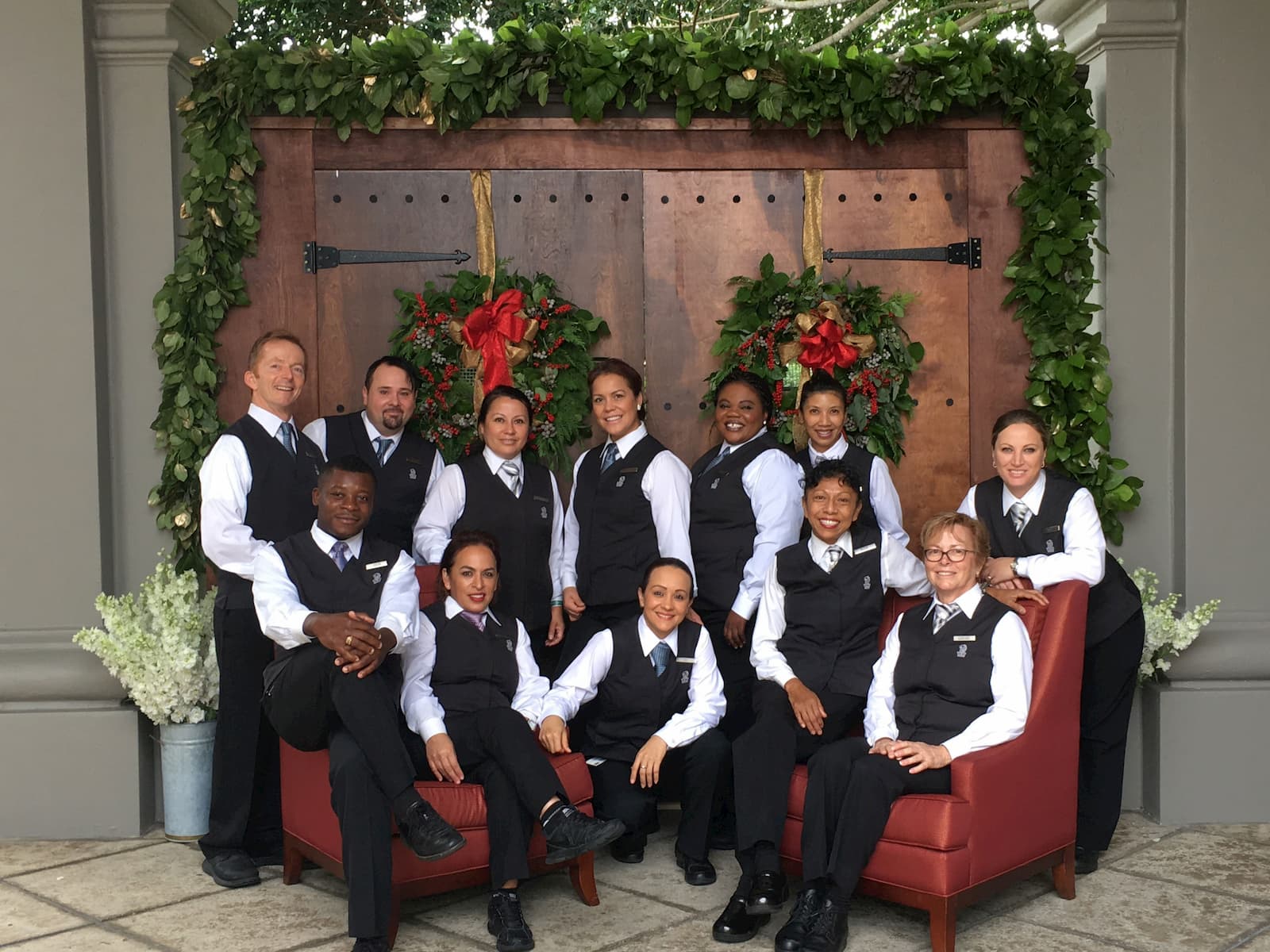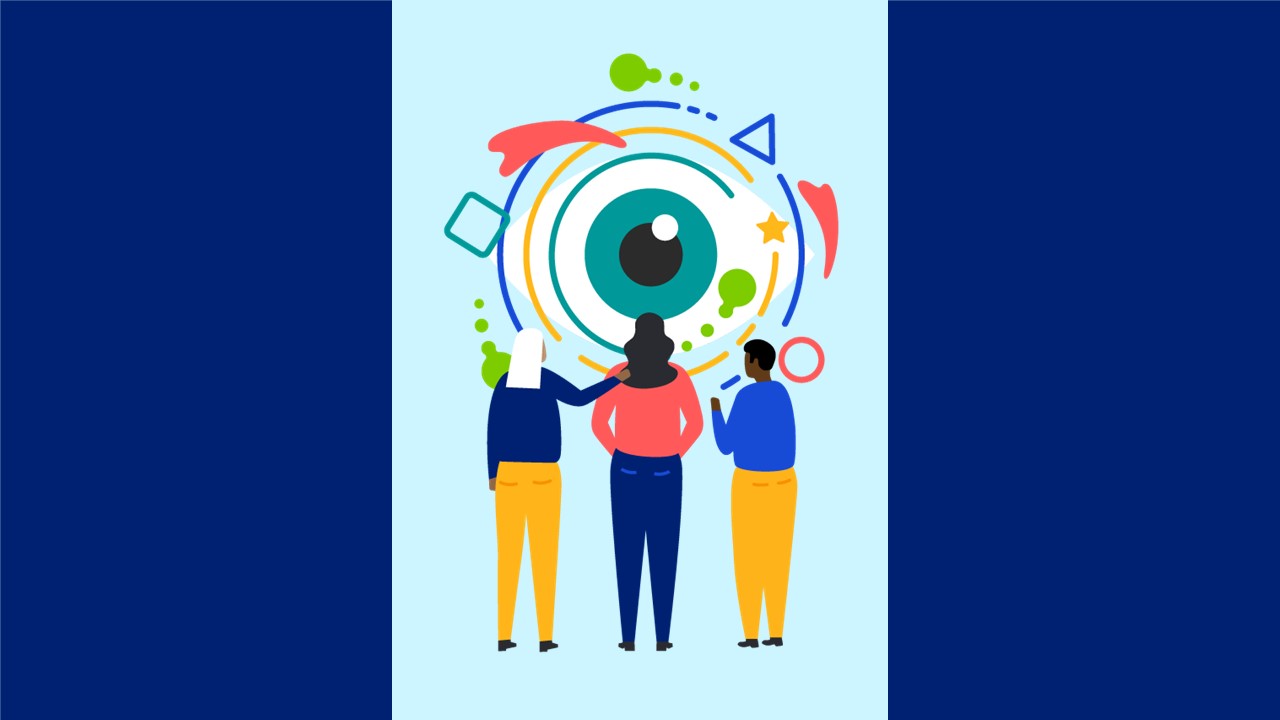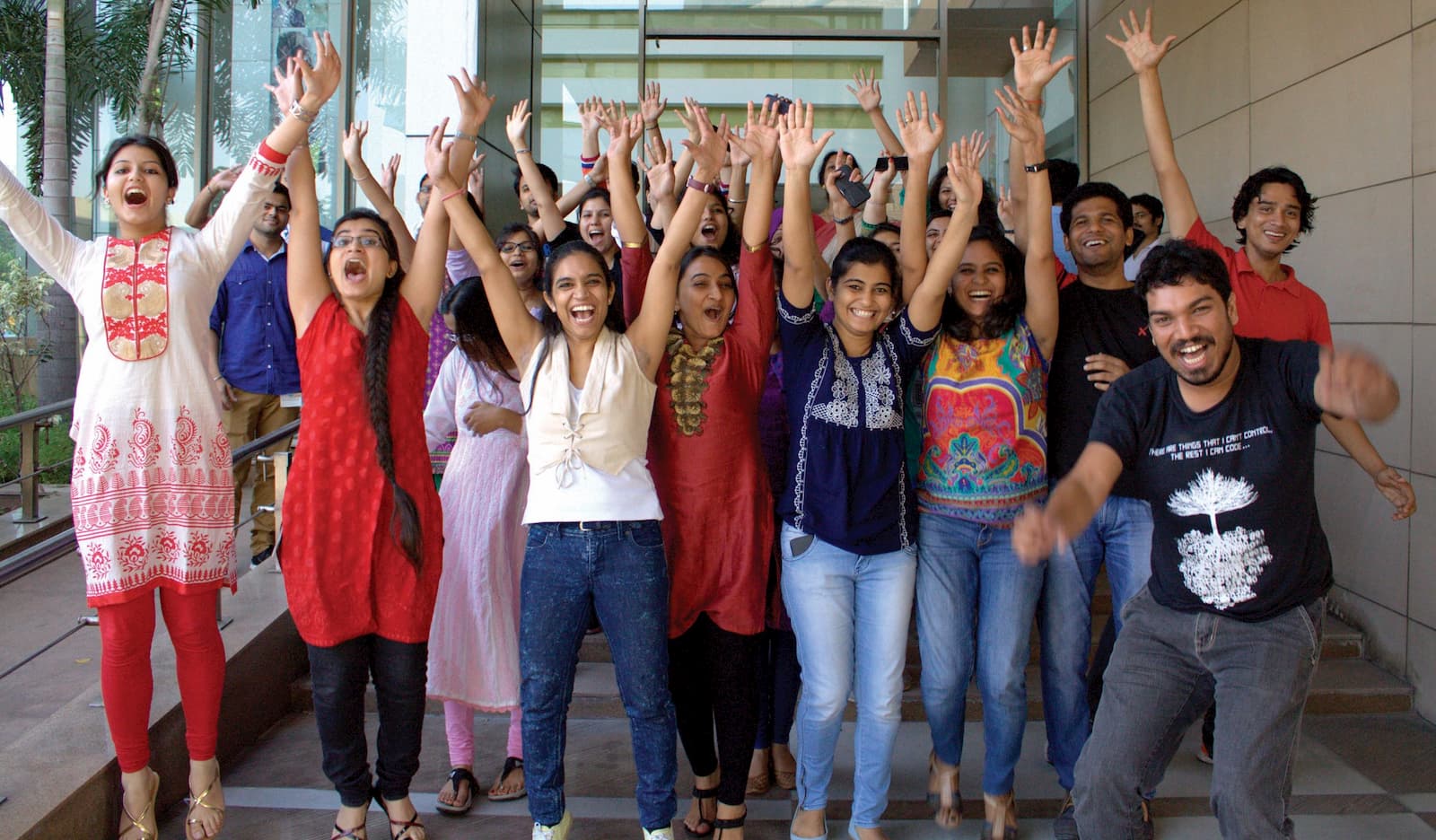
Diversity & Inclusion, FOR ALL, Innovation
“Diversity and inclusion doesn’t just stand on its own in the corner,” says David Rodriguez, Marriott’s chief human resources officer and global leader on strategic matters relating to diversity, inclusion and employee well-being. “It is seen as one of the key pillars of the company’s culture.”
Growing up in the South Bronx, Rodriguez had trouble fitting in. “I was a fair-skinned, Puerto Rican with reddish-brown hair,” he says. Latino kids shunned him because he didn’t look like them and didn’t speak Spanish well. In elementary school, he attended a special academic program in Harlem and thought of himself as African American, like his friends.
“I can cite verse and chapter on the research on inclusion,” Rodriguez says. “But a lot of my philosophy about diversity and inclusion is from personal experience—being a person who did not fit into any constituency, but still having the very human need to want to fit in.”
He relies on a combination of metrics and gut feel to assess how well Marriott is doing on the D&I front. While diversity can be tracked with simple measures, inclusiveness is more elusive. Each year, the company conducts a global associates census, with roughly 345,000 people participating. One of the first things Rodriguez looks at is the breakouts in well-being by race, gender, and other measures.
“What I’m looking for is, are there significant differences in employee well-being?” he says. “Do I have any constituencies who are feeling disenfranchised?"
Rodriguez also takes an anthropological perspective on the company. “When I go into our cafeteria, what I am I looking for is who’s sitting with who,” he says. While there’s nothing wrong with a group of people from a single identity sitting together, he believes the intermingling that prevails at Marriott is a sign of health. “It’s easy for me to spot a place where inclusion’s probably on the low end because you see people of the same ilk flocking together,” he says. “I don’t have a direct measurement of that, but I can almost guarantee that’s a bad problem for a company.”
In the hospitality business, it’s not difficult to have diversity among hourly employees—in the housekeeping departments and at restaurants. The real test is whether everyone, no matter their background, is able to move up in the organization and have their ideas heard.
As a central focus of Marriott’s award-winning employee well-being program, D&I initiatives span every level of the entire organization across all geographies. Translators are present at hotels’ daily housekeeping meetings to make sure that everyone’s voice can be heard. The Emerging Leader Program identifies high-performing associates at varying career points and puts them through a year-long development and mentoring program. More than 1,500 associates have gone through or are in ELP; more than half of the participants are women, and more than a third minorities. More than 90 percent of participants have been promoted or selected for strategic developmental roles after going through the program.
The Women’s Leadership Development Initiative, which was launched 20 years ago, works to develop a strong pipeline of women leaders and provide networking and mentoring. Today, 92 percent of women at Marriott feel they are treated fairly regardless of their gender, and 82 percent say everyone has the opportunity to get special recognition—roughly the same percentage as men— according to the latest GPTW survey.
CEO Arne Sorenson says that when he sits down with his dozen direct reports, he doesn’t distinguish opinions or voices by gender. “I hear Dave’s voice, I hear Stephanie’s voice, I hear Leeny’s voice."
For the full story, read A New Marriott - For All and By All today.


